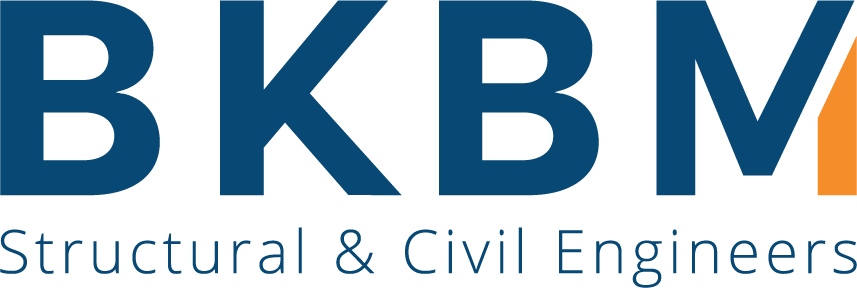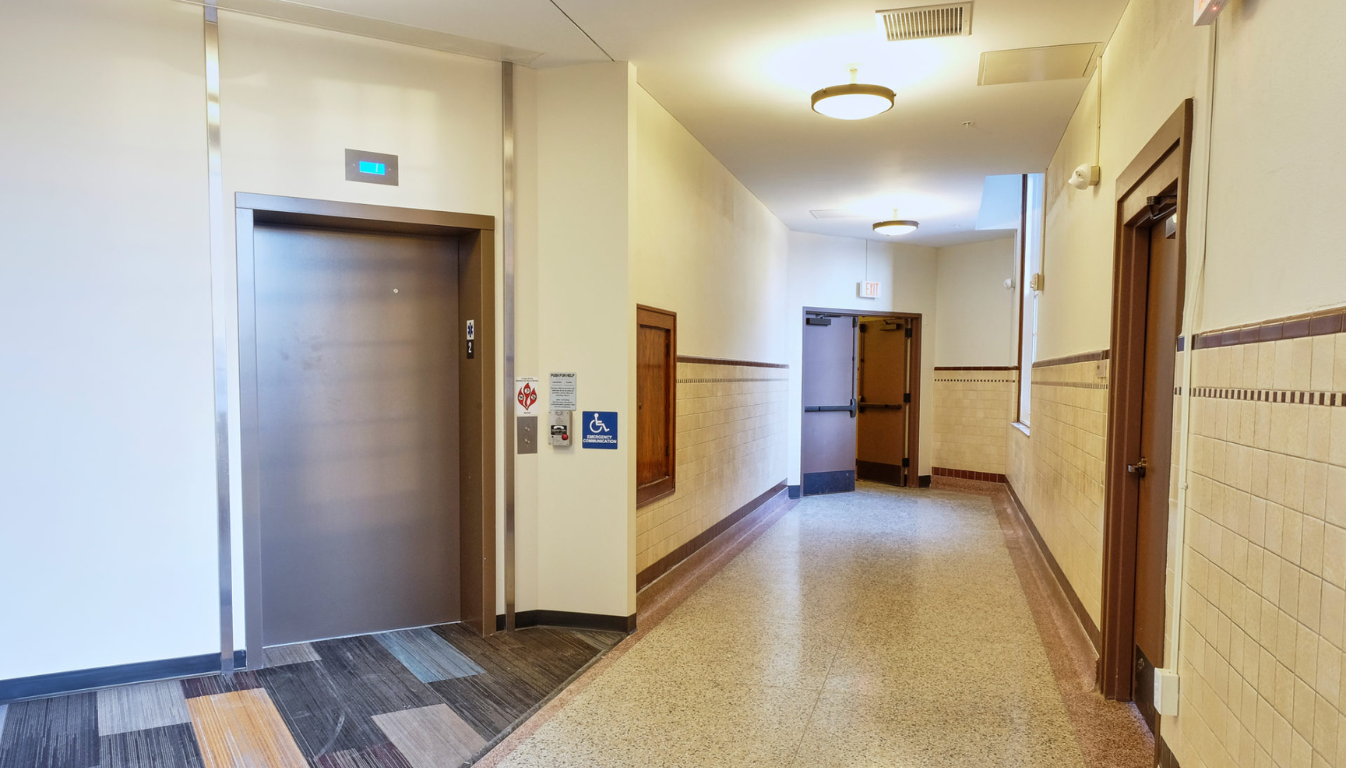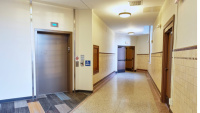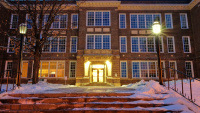Project Overview:
This historic building, originally constructed in 1915, underwent critical structural upgrades focused on enhancing accessibility and modern usability. The majority of renovations were concentrated in a 1938 addition, with a primary objective to install a new elevator and create accessible entry points while preserving the building’s historic integrity.
Structural Engineering Solutions:
- Elevator Retrofit:
The central challenge was integrating a new elevator. The pit required for the elevator was deeper than the existing adjacent column footings, making underpinning of these footings essential. Extensive coordination and careful sequencing were required throughout construction to support the existing structure safely. Grade beams were ultimately added to achieve the necessary underpinning and structural stability. - Floor & Roof Modifications:
New openings were created through the concrete floor and steel bar joist roof to accommodate elevator service—executed efficiently, with less complexity than the foundation work. - Additional Upgrades:
- Added an exterior trash room expansion
- Constructed a new building canopy
- Installed steel lintels for new wall openings
- Created an accessible entrance at the existing stair, converting a two-step internal stair to a ramp solution. This required demolition and replacement of a portion of the Level 1 stair structure and careful coordination to address existing stair wall conditions.
Results & Impact:
Through strategic structural engineering and collaborative coordination with site teams, this project brought vital modernization to a historic Minnesota building. The completed renovations improved accessibility, user experience, and building functionality while respecting the building’s original architectural vision.




